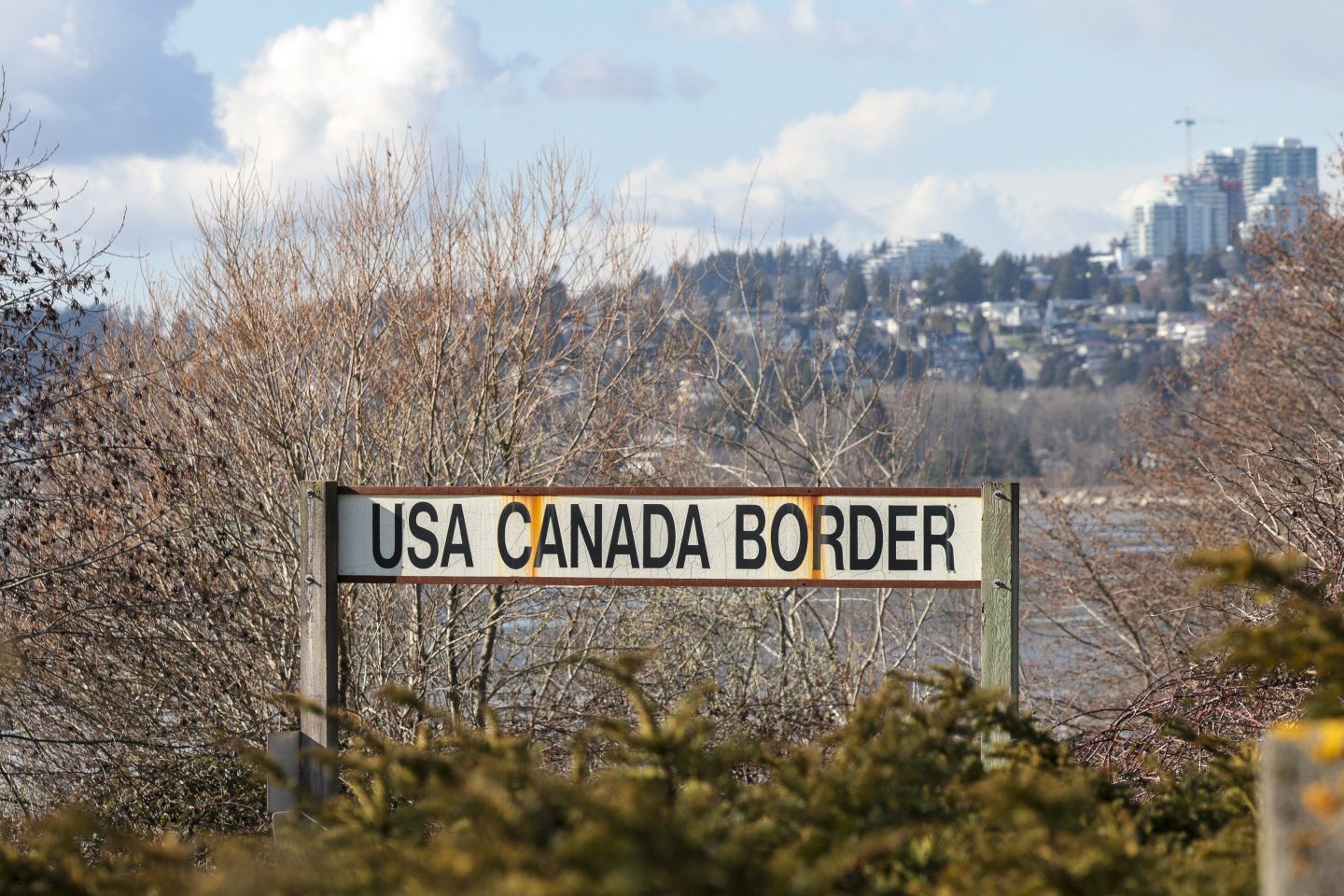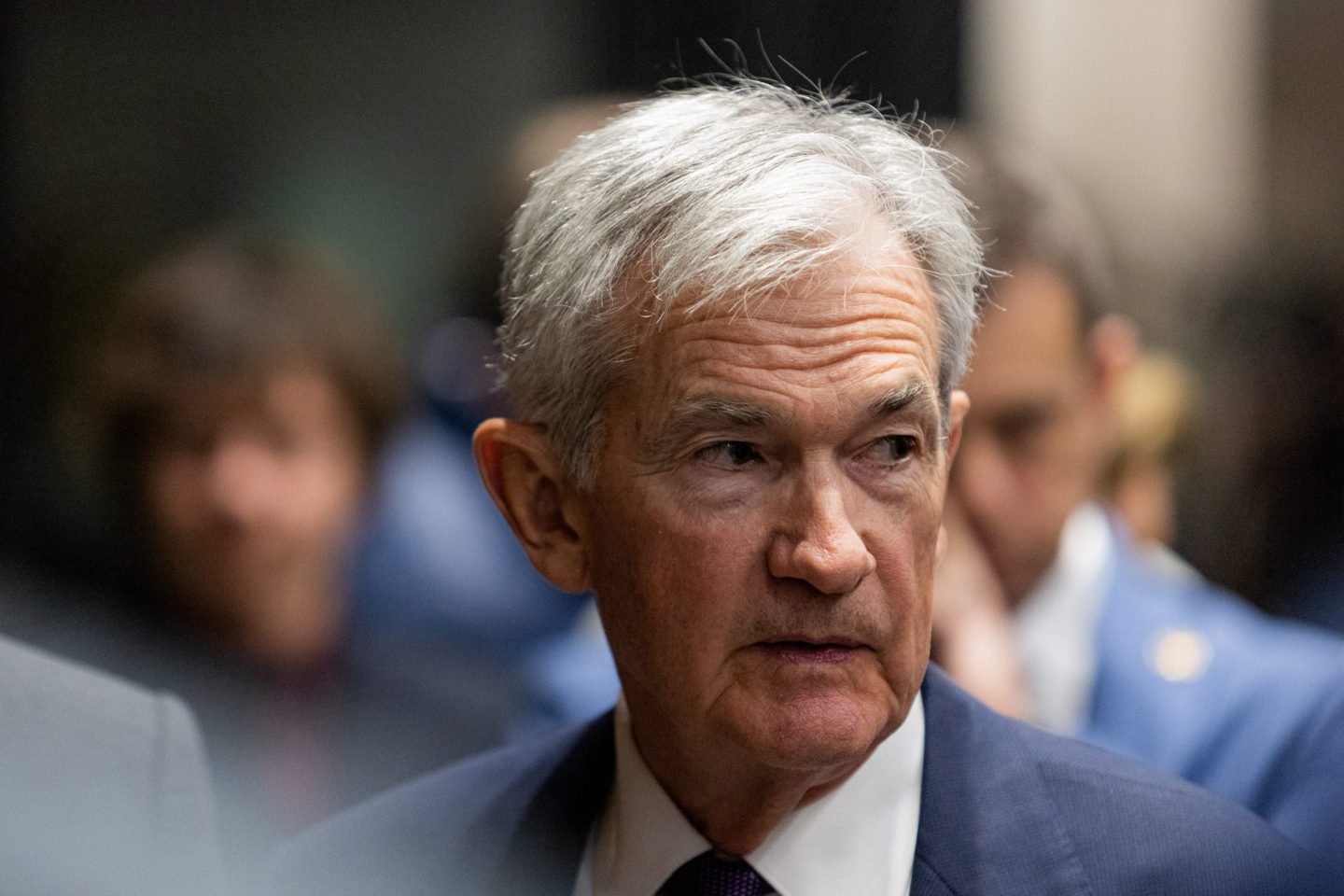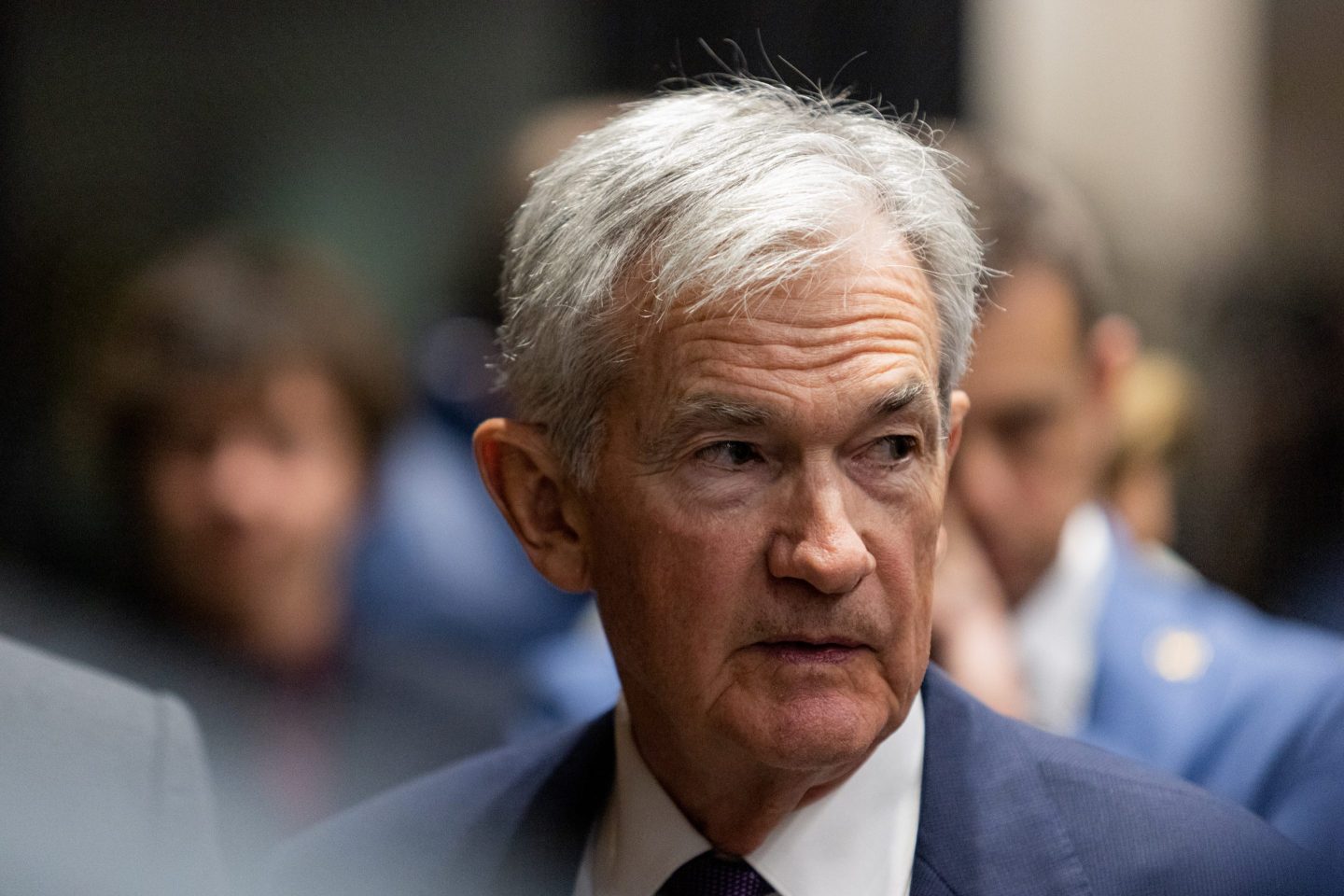America has an infrastructure problem. Nearly half of U.S. public roads are in poor or mediocre condition. Almost 250,000 bridges across the country will need to be replaced in the next two decades. And a quarter of U.S. GDP relies on five cities that all face extreme weather risks.
The dramatic collapse of Baltimore’s Francis Scott Key bridge earlier this year was a stark reminder that some of the U.S.’s most critical pieces of infrastructure are also the most vulnerable. It took months for Maryland’s government to fully reopen the port; the bridge itself will take years to repair.
More recently, a flood in the Queens-Midtown tunnel—caused by human error from a crew working nearby—temporarily closed one of the busiest throughways in a city that nearly 1 million people commute into every day.
Doing nothing would be costly, both financially and in terms of public safety. Yet the truth is that the U.S. simply does not have enough labor, resources, or materials needed to prepare its infrastructure for an uncertain future affected by climate change.
Business leaders are hyping up AI for how it might transform the digital world. But they’re only now beginning to understand the enormous effect it can have on the physical world. AI can help us design, build, and re-build the U.S.’s many roads, bridges, factories, homes, and cities, ahead of a rapidly changing future.
Take sustainability. The construction industry is one of the world’s most wasteful sectors, responsible for nearly 40% of global carbon emissions.
Yet it sits on vast amounts of data that can help with sustainability.Typically, 95% of data captured in construction goes unused. That includes everything from material usage and sourcing information to energy consumption metrics, transportation logistics, and even waste production during the building process.
AI can analyze this data and improve decision-making on material use and energy consumption, cutting down on project waste.
One example from our own work is our partnership with MBH Architects and FactoryOS on Project Phoenix, an affordable housing development in West Oakland, Calif. We reduced time, cost, and carbon footprint by almost half compared to traditional housing in the San Francisco Bay Area, thanks to AI-optimized reductions in construction waste.
Projects also involve multiple models from architects, engineers, city planners, manufacturers, designers, and construction workers. AI can facilitate communications across these often massive and complicated endeavors.
Connected data helped optimize the transformation of San Diego International Airport’s Terminal 1, by allowing every stakeholder on the complicated construction project to submit and access data on a shared platform.
AI can also slash the amount of time spent designing major projects from months to mere minutes. By strategically embedding this new technology into the design process, project teams can get information faster without sacrificing quality, allowing everyone to do more on a shorter timeline, and letting teams focus on more innovative and productive activities.
Finally, AI can help prevent something like the Francis Scott Key bridge collapse from happening again. It can identify potential problems and assist designers in creating more efficient and durable structures.
But there’s still a big hurdle to integrating AI into infrastructure design and construction: The slow adoption of digital technologies by public infrastructure owners.
The U.S. and other governments need to push digital transformation in the sector, so it’s critical that policymakers strike the right balance between mitigating AI’s risks while still encouraging its development. The new U.S. presidential administration and incoming Congress have an opportunity to modernize infrastructure development and create a new regulatory framework for AI, infrastructure, and safety that doesn’t stifle innovation.
More sophisticated design requires innovative technology to support it. In the short term, AI will enable companies and governments to make better decisions earlier in the process. And beyond that, AI can help human designers express their ingenuity and create a better future—and perhaps help the U.S. fix its infrastructure crisis before it’s too late.
Read more:
- Honeywell CEO: AI will transform industry at scale beginning in 2025
- Nokia CEO: Making AI greener starts with smarter data center design
- Adobe’s Scott Belsky: Reimagining the artist’s signature so creative people can thrive—even as AI content explodes
- Elon Musk says AI has already gobbled up all human-produced data to train itself and now relies on hallucination-prone synthetic data
The opinions expressed in Fortune.com commentary pieces are solely the views of their authors and do not necessarily reflect the opinions and beliefs of Fortune.











